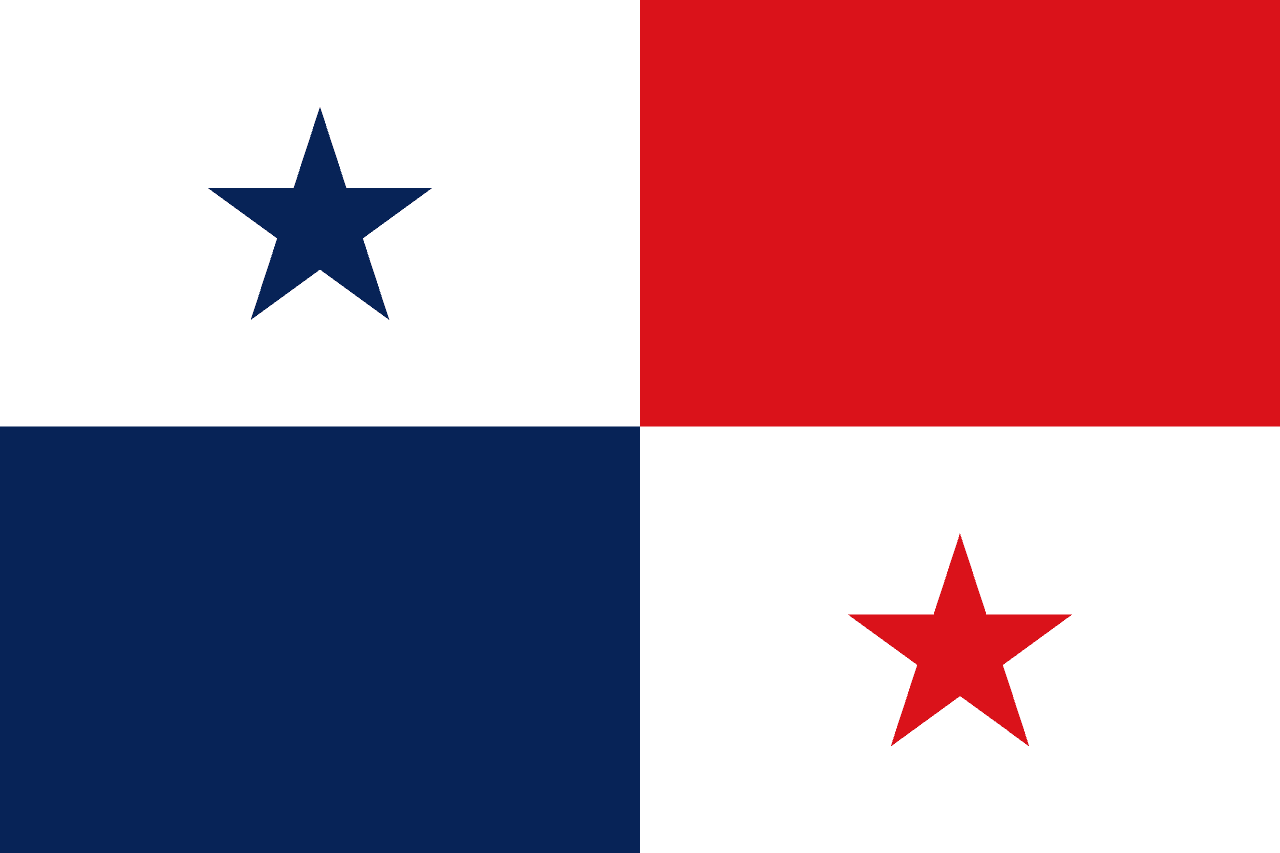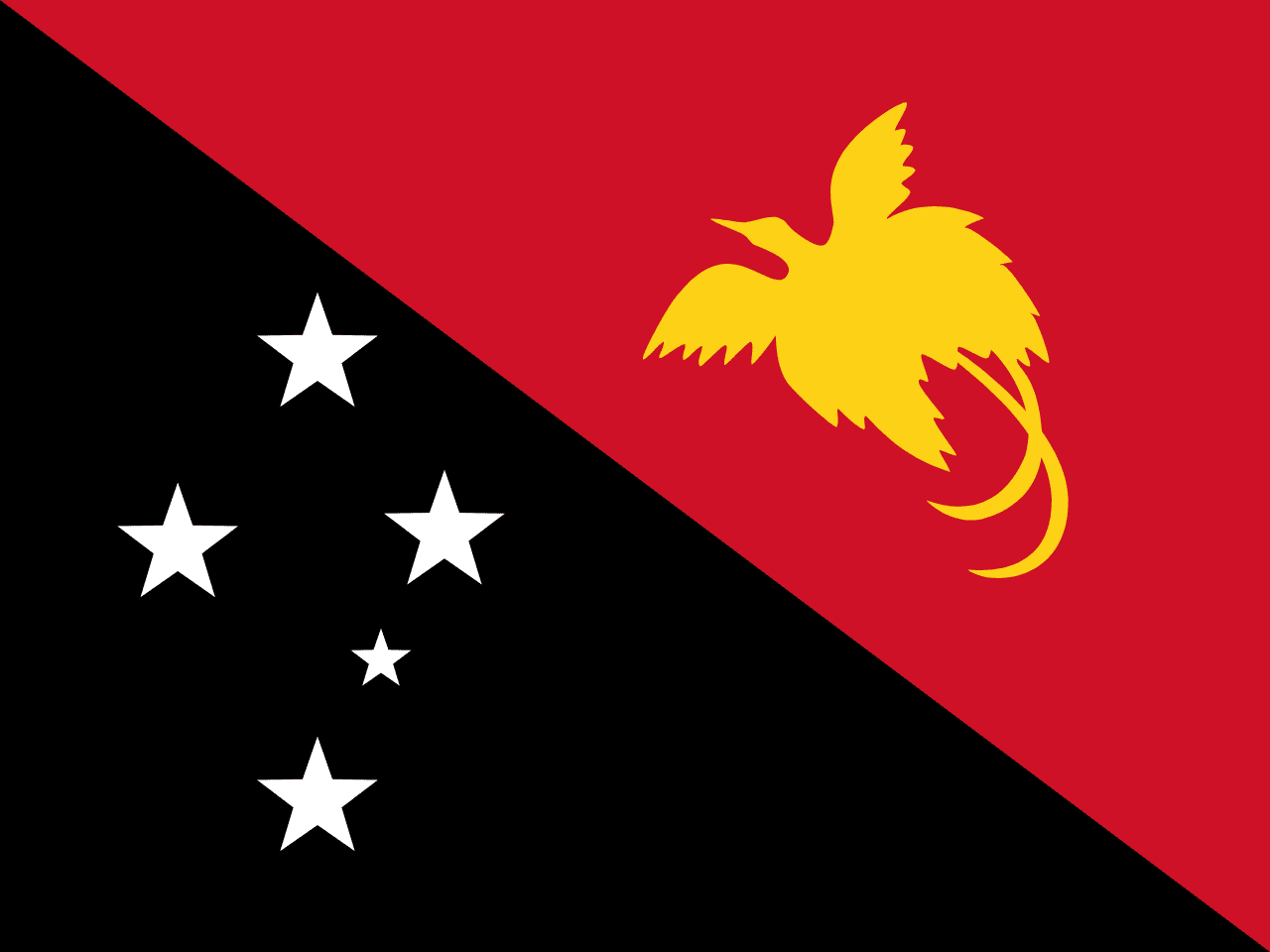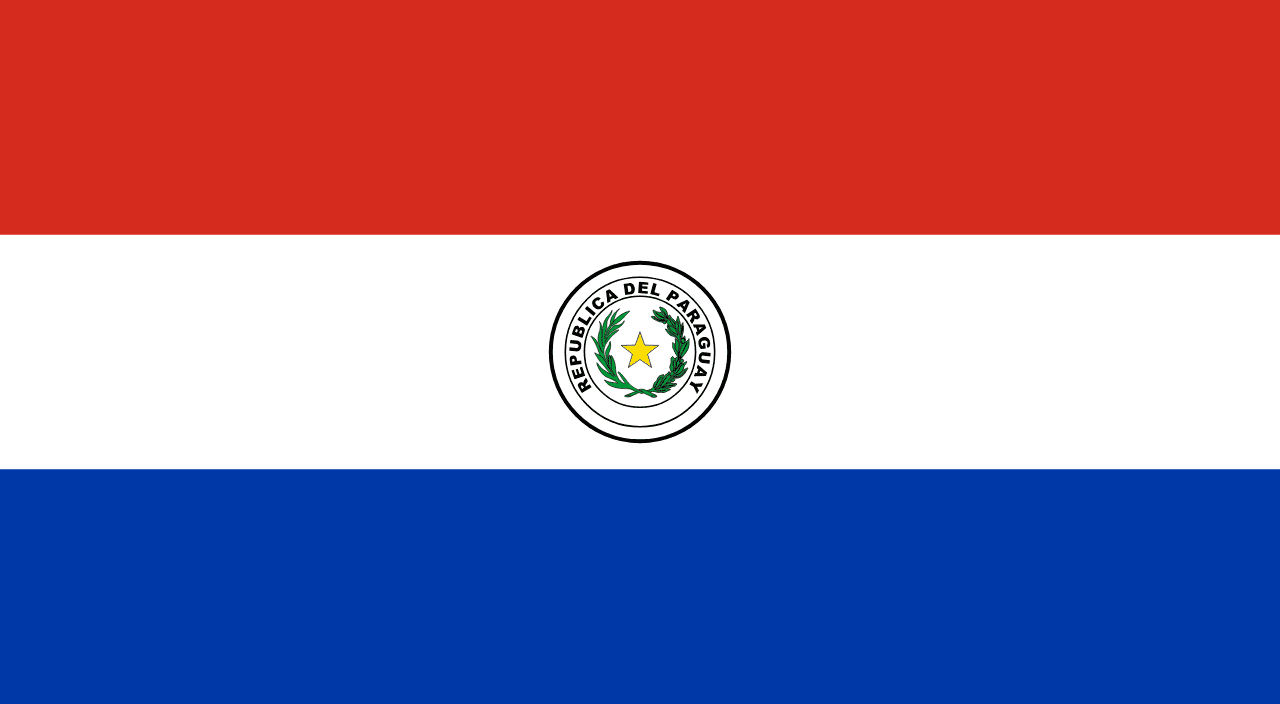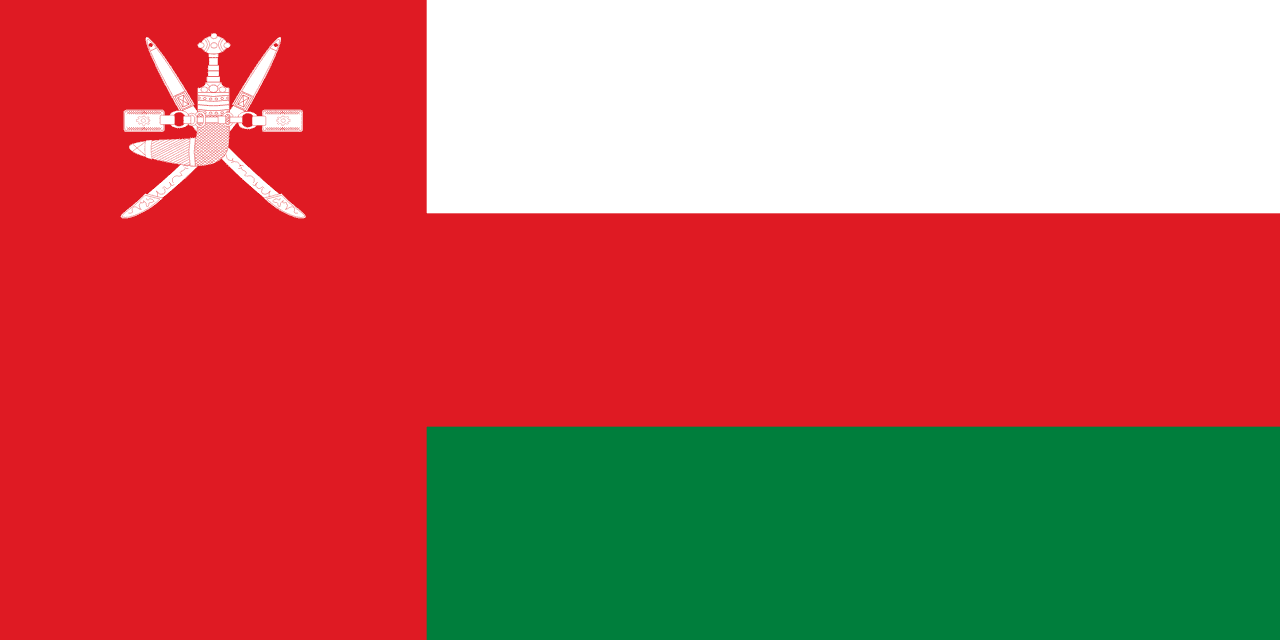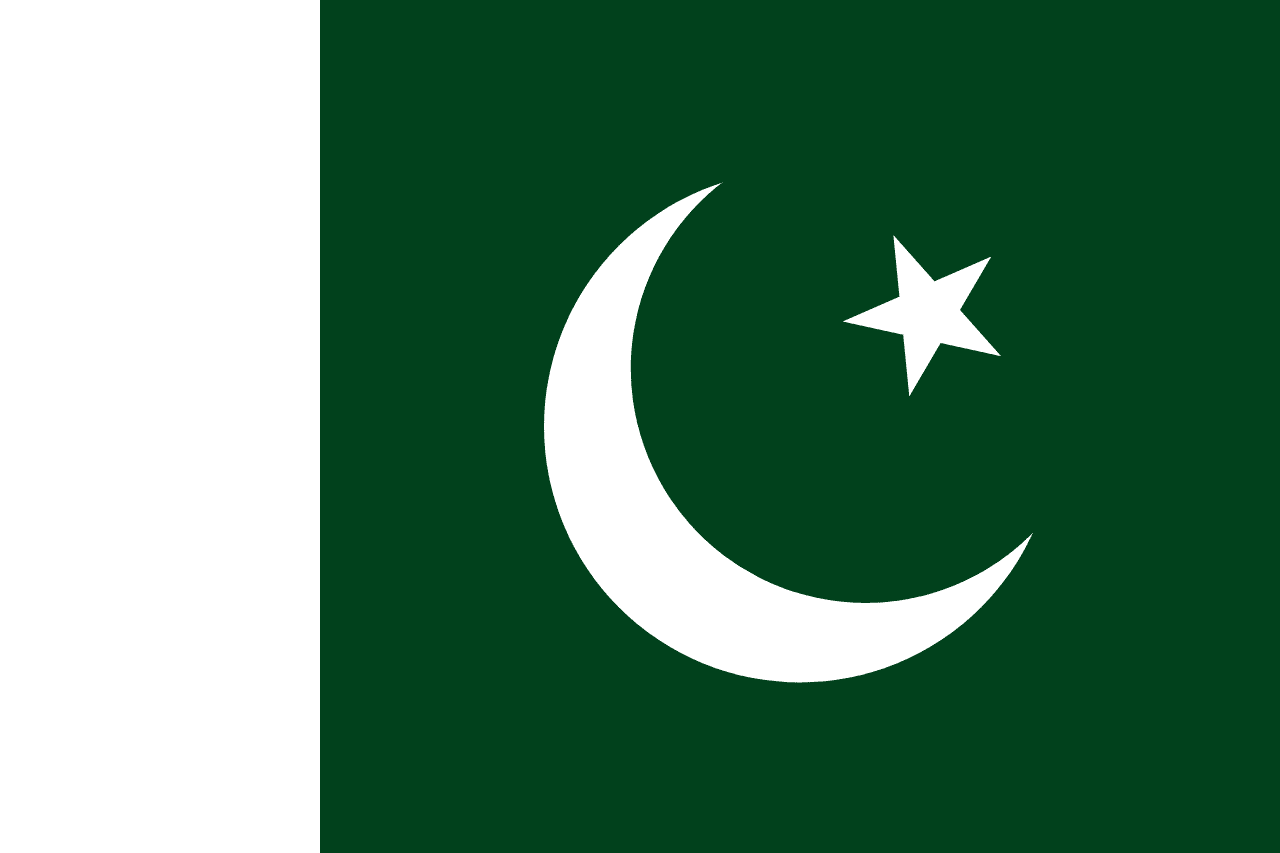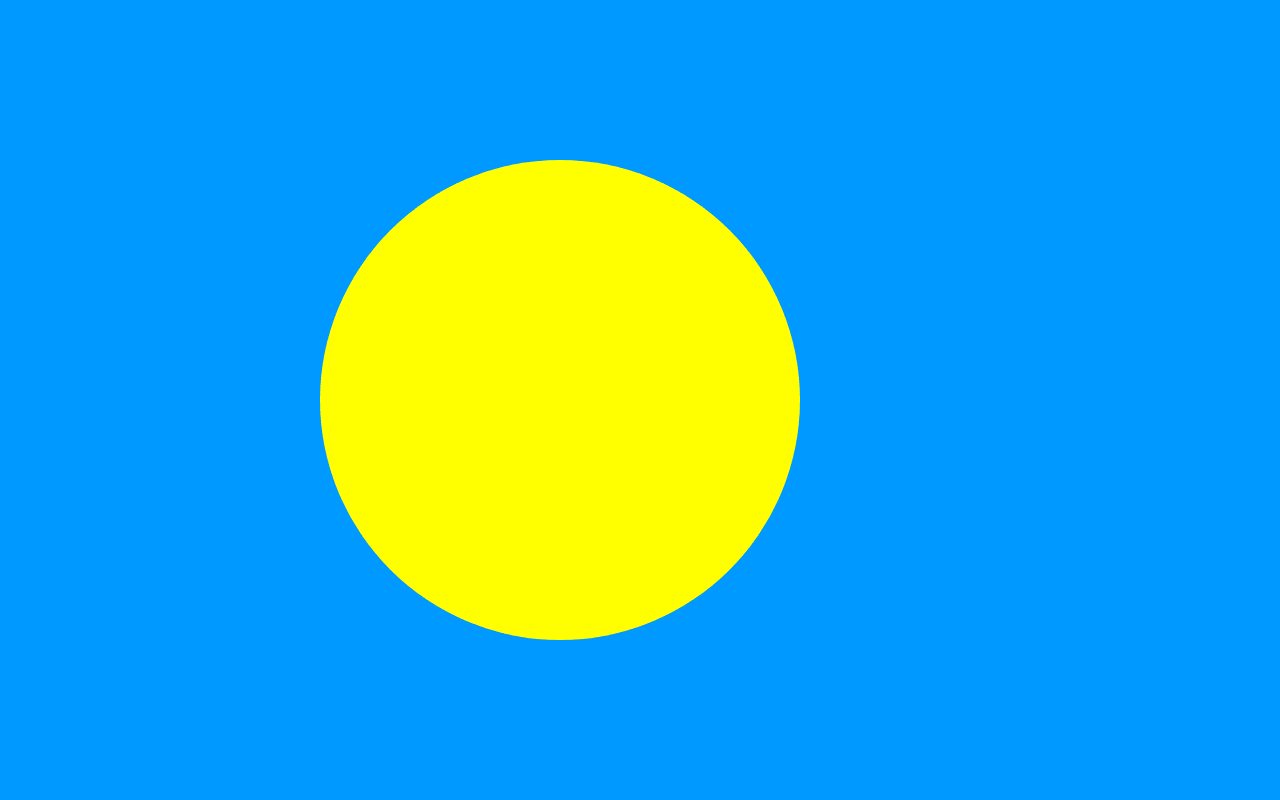The flag of Palestine consists of three equal horizontal stripes: black at the top, white in the middle, and green at the bottom, with a red triangle at the hoist side. This striking design encapsulates Palestine's rich history, cultural identity, and aspirations for independence.
Palestine information
| National Flag Day | — |
| Sovereign state | — |
| Official name | State of Palestine |
| Capital | East Jerusalem |
| Population | 4,862,939 |
| Area | 6,220 km² |
| Currency | Israeli new shekel (ILS), Jordanian dinar (JOD) |
| Language | Arabic, Hebrew |
| Continent | Asia |
| Region | Middle East |
| Subregion | Levant |
| Borders | Israel, Jordan, Egypt |
| Timezone | Palestine Standard Time (PST) UTC+2 |
| Calling code | +970 |
| Top-level domain | .ps |
History of the Palestinian flag
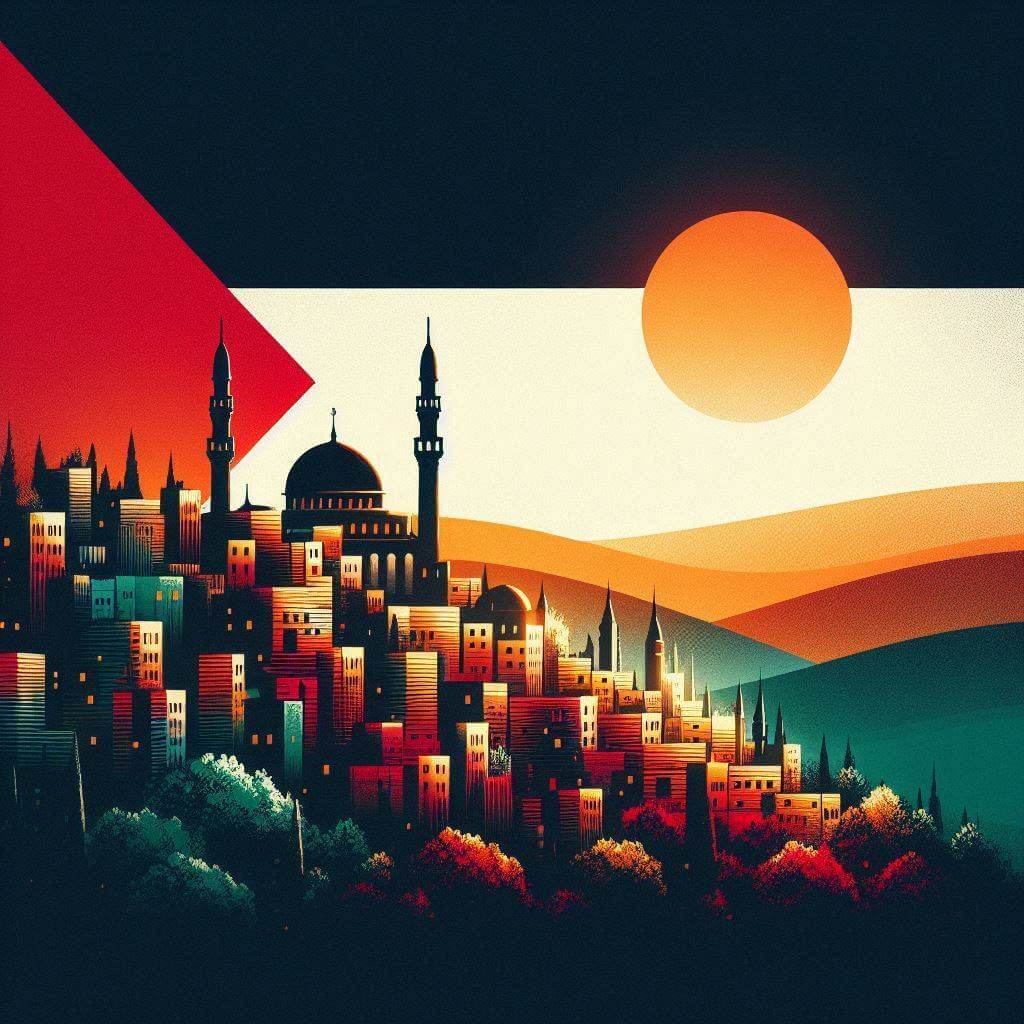 The current design of the Palestinian flag was officially adopted by the Palestine Liberation Organization (PLO) on December 1, 1964. However, its origins can be traced back to the Arab Revolt against Ottoman rule in 1916. The flag's design is based on the Pan-Arab colors, which were first combined in this manner during the Arab Revolt.
The flag gained significant prominence during the Palestinian national movement in the 20th century. It became a powerful symbol of Palestinian identity and aspirations for statehood, especially after the Six-Day War in 1967. The flag's status was further solidified with the Oslo Accords in 1993, which allowed for its official use in areas under Palestinian Authority control.
The current design of the Palestinian flag was officially adopted by the Palestine Liberation Organization (PLO) on December 1, 1964. However, its origins can be traced back to the Arab Revolt against Ottoman rule in 1916. The flag's design is based on the Pan-Arab colors, which were first combined in this manner during the Arab Revolt.
The flag gained significant prominence during the Palestinian national movement in the 20th century. It became a powerful symbol of Palestinian identity and aspirations for statehood, especially after the Six-Day War in 1967. The flag's status was further solidified with the Oslo Accords in 1993, which allowed for its official use in areas under Palestinian Authority control.
Symbolism and design of the Palestinian flag
The Palestinian flag's design is rich in symbolism, reflecting the region's complex history and cultural heritage. Each color on the flag holds specific meaning rooted in Islamic and Arab history:
- Black: Represents the Abbasid Caliphate (750-1517), symbolizing the determination and strength of the Palestinian people.
- White: Symbolizes the Umayyad Caliphate (661-750), representing peace and a bright future.
- Green: Represents the Fatimid Caliphate (909-1171), symbolizing prosperity and the fertile land of Palestine.
- Red: The red triangle at the hoist side represents the Hashemite dynasty and the Arab Revolt against Ottoman rule. It also symbolizes the blood shed in the struggle for Palestinian independence.
The arrangement of these colors in horizontal stripes with a triangle is shared with several other Arab nations, reflecting Palestine's connection to the broader Arab world while maintaining its distinct identity.
Usage and significance of the Palestinian flag
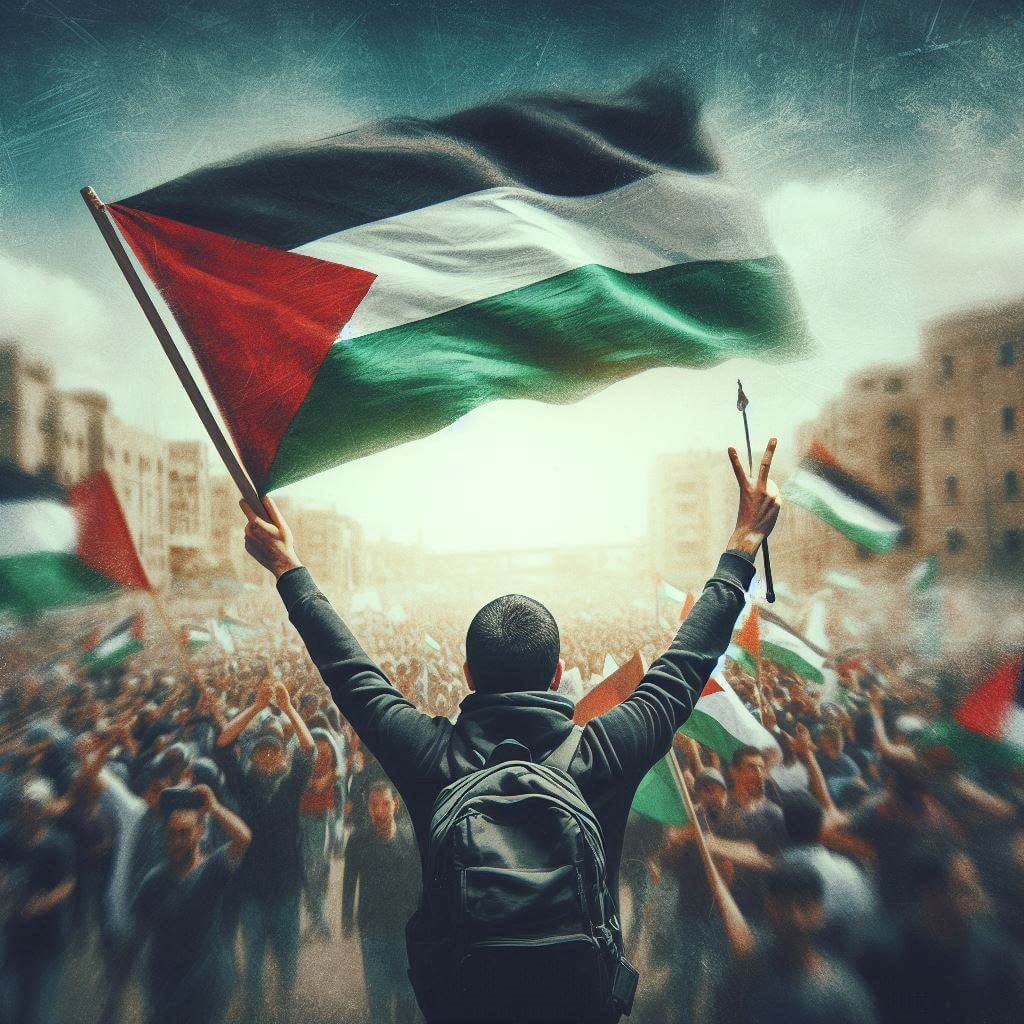 The Palestinian flag holds immense significance as a symbol of national identity, solidarity, and aspirations for statehood. It is widely displayed in the Palestinian territories, including the West Bank and Gaza Strip, on government buildings, during national commemorations, and at cultural events.
The flag plays a crucial role in Palestinian political and social life. It is prominently featured during protests and demonstrations, both within Palestinian territories and in solidarity movements worldwide.
The Palestinian flag holds immense significance as a symbol of national identity, solidarity, and aspirations for statehood. It is widely displayed in the Palestinian territories, including the West Bank and Gaza Strip, on government buildings, during national commemorations, and at cultural events.
The flag plays a crucial role in Palestinian political and social life. It is prominently featured during protests and demonstrations, both within Palestinian territories and in solidarity movements worldwide.
The raising of the Palestinian flag is often seen as an act of defiance and a assertion of Palestinian rights and identity. Internationally, the Palestinian flag represents the Palestinian cause at diplomatic functions and global forums. Its use and recognition have been subjects of political debate, reflecting the complex geopolitical situation surrounding Palestinian statehood. In 2015, the United Nations General Assembly approved a resolution allowing the Palestinian flag to be raised at its headquarters, a symbolic victory for Palestinian diplomatic efforts.
Interesting facts about the Palestinian flag
- The Palestinian flag is almost identical to the flag of Jordan, with the only difference being the absence of a white star in the red triangle on the Palestinian version.
- The flag's colors are known as the "Pan-Arab colors" and are shared by several other Arab nations, symbolizing Arab unity.
- In some areas, flying the Palestinian flag was once prohibited, making its display a powerful act of political expression.
- The flag has inspired various forms of Palestinian art and cultural expression, appearing in paintings, embroidery, and other traditional crafts.
- The largest Palestinian flag was created in 2014 in Ramallah, measuring 66 meters (217 feet) in length and 33 meters (108 feet) in width.
